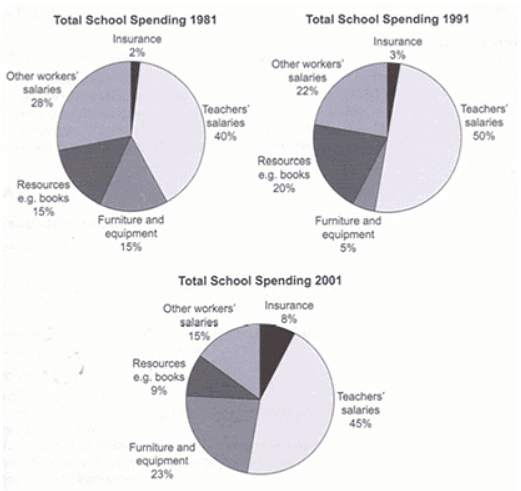Different types of questions asked in Task 1 | Writing for Academic IELTS PDF Download
Bar Chart
Q. The bar chart shows the global sales (in billions of dollars) of different types of digital games between 2000 and 2006.

Table
Q. The table below shows the proportion of different categories of families living in poverty in Australia in 1999.

There may be two tables:
Sales of fairtrade - labelled coffee and bananas (1999 & 2004)

The description of tables is very similar to the description of graphs. We use the same language of comparison and contrast. The table can be easily turned into a bar chart, but the information is better presented with the table: we immediately see the similarities and differences.
We should try to group this information. For example, in case where there are several different countries, they can be combined as developed and developing countries. So, you do not have to write about each country separately.
Line Graph
Q. The graph below shows the average number of UK commuters travelling each day by car, bus or train between 1970 and 2030.

Pie Chart
Q. The pie charts compare the expenditure of a school in the UK in three different years over a 20-year period.

We structure the answer as follows:
Firstly, we write about the largest parts (40%, 50%, 45%), then we cover those that are slightly smaller (28%, 22%, 23%), etc. 8% and 9% - can be combined. We do not write about each chart separately. We take one category in the first graph and compare it with other graphs - what is the same and what is different.
Two Graphs (2 tables, a chart and a table or 3 pie charts)
Q. The graph and table below give information about water use worldwide and water consumption in two different countries.


Writing Task 1
The chart and table below show customer satisfaction levels in the US with airlines and aspects of air travel in 1999, 2000 and 2007.

|
33 videos|200 docs|17 tests
|
FAQs on Different types of questions asked in Task 1 - Writing for Academic IELTS
| 1. What is the format of Task 1 in IELTS Writing? |  |
| 2. How many words should I write for Task 1 in IELTS Writing? |  |
| 3. Can I use bullet points or numbered lists in my response for Task 1 in IELTS Writing? |  |
| 4. How much time should I spend on Task 1 in IELTS Writing? |  |
| 5. Should I give my opinion in Task 1 of IELTS Writing? |  |

|
Explore Courses for IELTS exam
|

|

















